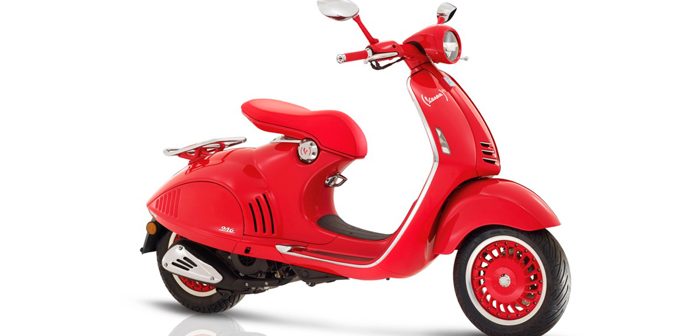The mythical Italian brand plans to start selling its Elettrica model during the latter half of 2017 and will channel all profits from the sales of its Vespa 946 Red towards research and fighting against diseases.
The Piaggio Group has been flirting with the idea of electrical propulsions for its motorcycles for some time now. In fact, it was the Italian company that launched the first hybrid moped on the market. It’s firmly committed to electric mobility and as the company has stated on more than one occasion “change is coming, and it’s not just technological, it’s also cultural regarding transport.” The challenge now is to combine electrical propulsion with its customary tradition and image.
Vespa Elettrica was unveiled at the last EICMA International Motorcycle Show in Milan. Little is known about it for the moment as the technical aspects are still being kept under wraps. The Italian brand has only mentioned in a statement that “the style, agility, ease of use and riding pleasure will be the same as the Vespa we have always known.”
Piaggio Group’s solidarity initiative is called Vespa 946 RED, a motorcycle conceived in collaboration with the RED initiative, which battles against tuberculosis, AIDS and malaria all over the world. The exterior of this Vespa is kitted out with striking aluminium components in the mudguards and side covers, which also serve to support the weight of the engine. And of course, nothing is left to chance regarding safety with double disc brakes and a dual channel Anti-Lock Braking System.
The lifeblood of this Vespa is a 125cc four-cylinder engine with minimal fuel consumption. It makes very little noise on the road and has exceptionally low emission levels. For each unit sold, Vespa will give 150 dollars to the Global Fund in its battle against AIDS. This contribution means 500 days more of treatment per person. An initiative that will surely bring enormous benefits to this cause, taking into account Vespa has sold more than 1.5 million units over the last ten years.






